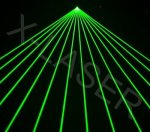Willysolman
New member
- Joined
- Jul 11, 2019
- Messages
- 9
- Points
- 1
I looked into this laser, could this have caused damage i looked into it for prob 3 seconds i cant find the watt anywhere tho .https://www.top-bouwlaser.nl/geo-fennel-fl-105h-bouwlaser-set.html




